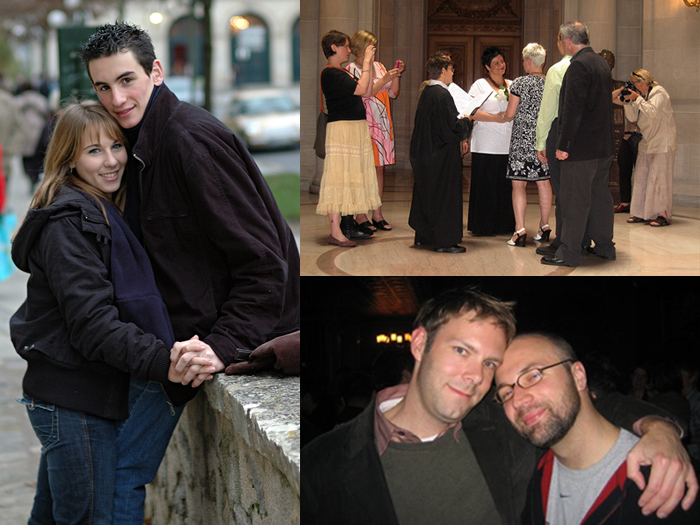
What does it mean that the activity in the caudate was correlated with the passionate love scale scores, but not the VTA? Perhaps the VTA, mediating primitive “on/off” drives, may not measure love in degrees. Maybe that is why when we’re in love, we are all in or all out. The caudate, however, integrates much more information from higher cognitive and emotional regions. Maybe that is why it correlates with all the variables covered in the factors of the Passionate Love Scale, from the mental (like obsession) to the physical (like trembling.)
The caudate is also implicated in love through a very unusual report and circumstance in 1973. A neurosurgeon had implanted an electrode in the caudate of a patient in hopes of curing his epilepsy. However, whenever the caudate was stimulated, the patient verbally expressed romantic feelings for the surgeon. The “love” went away as soon as the electricity was turned off. This is just one case, but it is intriguing and consistent with our fMRI findings.
Of special interest to psychologists, the degree of passion that our participants reported that they felt actually correlated with the degree of their activity in a few brain regions, and the same brain regions were involved for everyone. What these subjects said they felt was a report of what was happening in a specific part of their brain! Self-reports on questionnaires are integral to any kind of psychological study, but no one has ever been able to know that subjects are telling the truth. With the advent of fMRI we have been able to correlate the questionnaire responses to physiological data that reveals what’s happening in the brain, independent of what they are saying.
The correlation in the caudate is a clear sign that this brain region is central to the feelings of romantic passion.
We replicated this correlation when we studied people who had been rejected in love, and also among those who were in love long term.
NEXT






